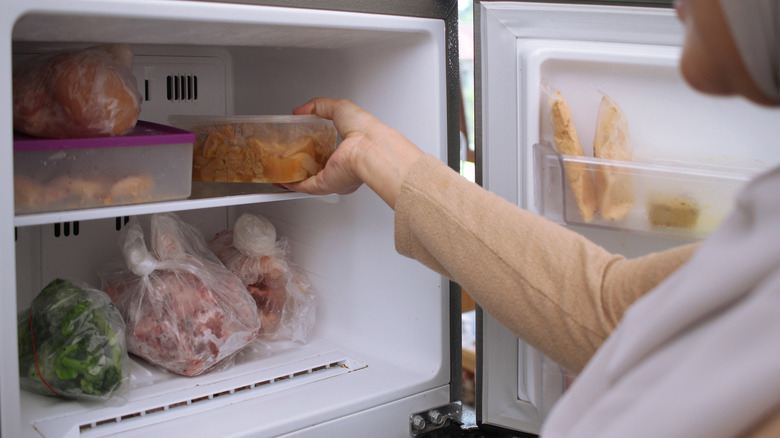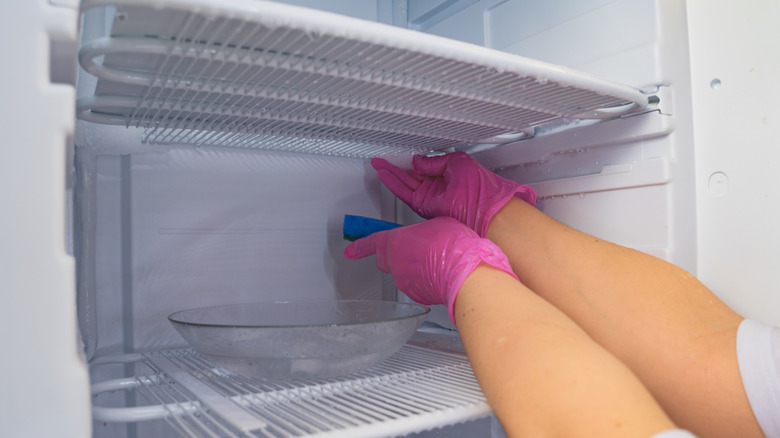Is Putting Aluminum Foil In The Freezer Worth Trying For A Lower Electricity Bill?
When it comes to home energy use, your freezer can sometimes end up working overtime, prompting people to get creative in finding ways to cut costs. Some have suggested putting crumpled balls of aluminum foil in your freezer can make it run more efficiently – an idea that sounds odd at first but has some logic behind it. The reasoning is that frost buildup forces your freezer to work harder, and those shiny foil balls may help keep frost from forming in the first place. Less frost means less energy, which in theory could mean a slightly lower bill.
To understand why this might work, it's worth knowing what actually happens inside a freezer. Every time the door opens, air gets in, which sticks onto the walls and forms a layer of ice, and that ice is more than just annoying — it makes the compressor work harder and use more power. So yes, if you're looking for ways to reduce your energy costs at home, tackling the frost problem is a good place to start. Here's where the foil comes in: aluminum is an excellent conductor of heat, so its crumpled surface could attract warm air before it settles on the freezer walls.
The logic behind putting aluminum foil in the freezer
While there's some logic to this hack, it's no substitute for proper freezer care. You could toss in a few aluminum balls and still end up with frost if your seals leak, your temperature settings are off, or your freezer isn't full enough. For lasting results, combine this trick with regular maintenance, such as checking seals and understanding why ice and frost are forming on your freezer in the first place. The foil balls could act as a way to slow down the spread of frost, but eventually every freezer needs a full defrost, so learn how to defrost your freezer quickly and start fresh at least once a year.
The foil trick is a low-effort experiment that won't harm your appliance, and if it gives even a small edge on your energy bill, it might be worth trying. Real savings, however, come from good appliance habits – keeping vents clear, performing diligent yearly defrosts, and resisting the urge to hover with the door open while deciding what it is you want to eat.

